Organically, there’s a lot you can do to reach and convert your audience with content. SEO, blogging, SMM, link building, the list goes on and on.
Sometimes, though, these activities don’t provide enough reach. When you create a particularly valuable piece of content, like a state of the industry report, for example, you may want a boost in visibility. For this, there’s a way to supplement your organic efforts. It’s known as “content advertising.”
What is content advertising?
Content advertising refers to the practice of paying to promote a piece of content, like a blog post, an ebook, a video, a report, etc. While content marketing focuses on unpaid channels of promotion, like organic social media, SEO, and email, content advertising focuses on promoting via ad channels like paid social media on Facebook or Linkedin, Google Ads, Bing, etc.
Here is an example of content advertising from Knotch. First you’ll see their search ad for a “State of Content Marketing” Report, and then you’ll see the corresponding post-click landing page:

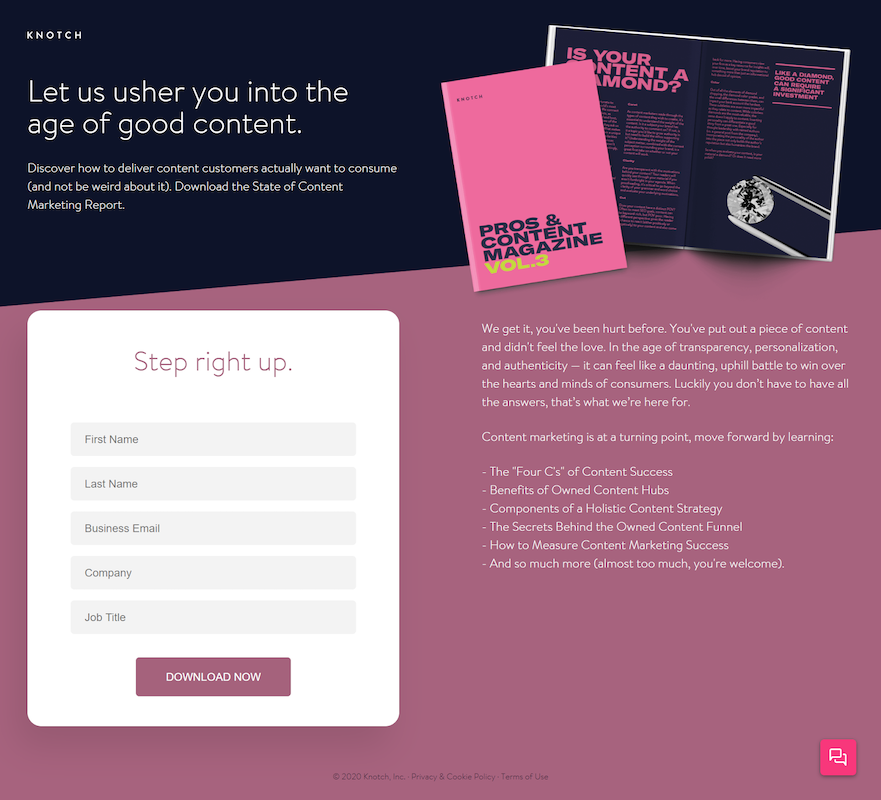
Content advertising vs native advertising
The definition of content advertising seems straightforward. That is until you start comparing it to other types of advertising. The problem is “content advertising” is a pretty vague term. What constitutes content? And in what ways can you advertise it?
In particular, things get murky when you compare content advertising and native advertising. Some people are under the impression these two are the same. Both involve paid promotion. Both promote content. So how do they differ, if at all?
Native advertising is a type of paid promotion designed to mimic the content of the platform it’s placed on. If a site specializes in listicle articles, for example, a native advertisement on that site could be a listicle related to a product or service:
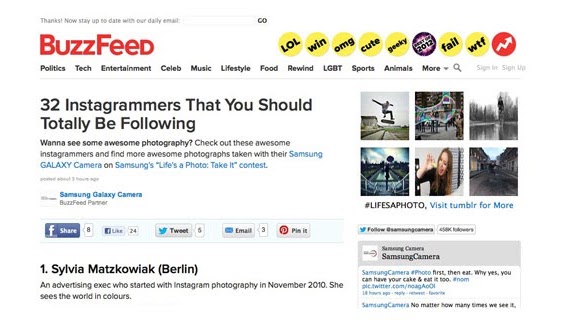
By creating branded content in the same format and style as surrounding content, the advertiser achieves a “native” placement, which is less intrusive to users.
And because it looks and feels like the content they consume on the platform, users are more likely to consume it. Here are a few examples from Forbes:
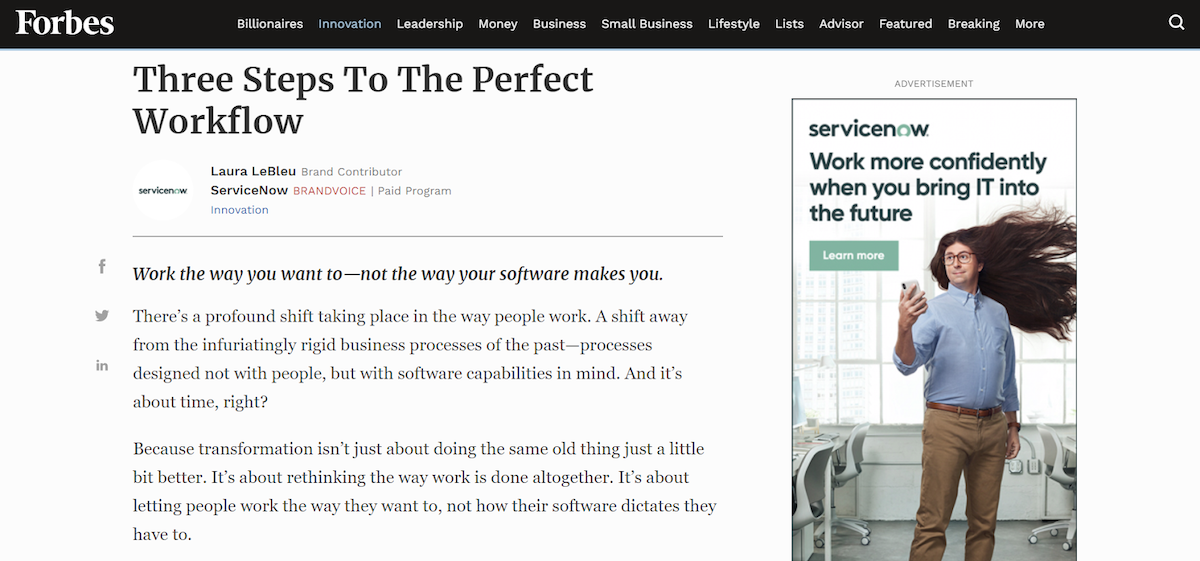
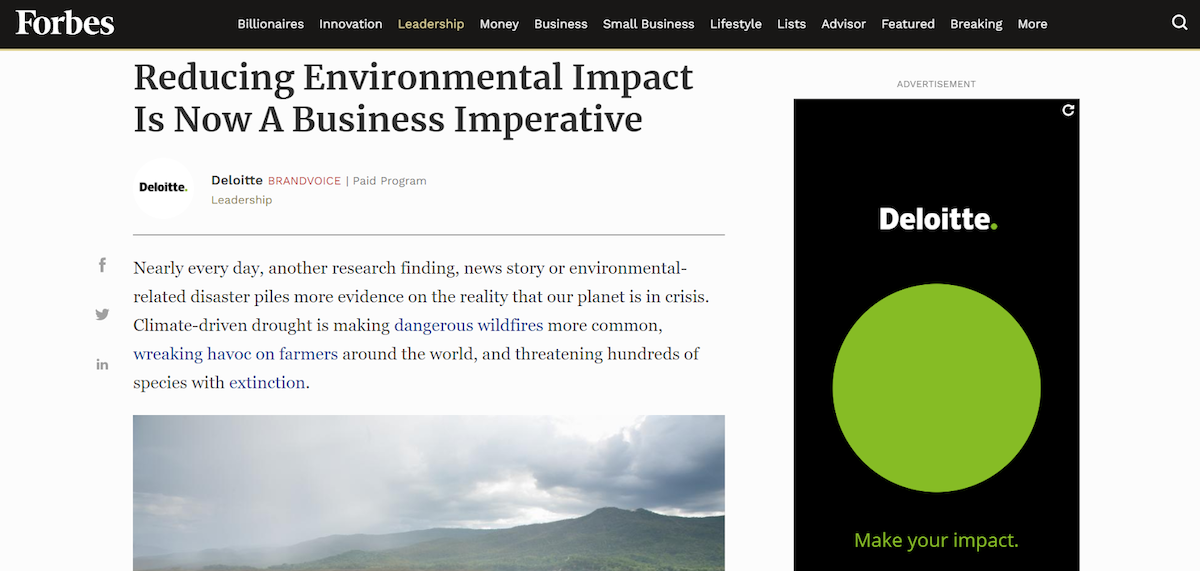
Forbes is a business publication, and each of these posts is written like a business article in the Forbes style and format. As you’ll see, though, the byline references a paid placement by each company. These aren’t posts from authors associated with Forbes; they’re native ads from brand partners.
But is this content advertising?
Consulting the definition, we can see in this example: a piece of content, and a paid promotion of that content. So, native advertising fits the definition of content advertising.
However, that doesn’t mean native advertising and content advertising are the same thing. Like Facebook advertising is an example of social media advertising, native advertising is an example of content advertising.
Content advertising is a broad category, and native advertising fits within it. So do many other types of advertising. A Facebook advertisement for a blog post would also be an example of content advertising. So would a search ad for an ebook. These are just a few examples of what could be considered content advertising.
What is the difference between content marketing and content advertising?
It’s hard to avoid talking about content marketing when discussing content advertising. After all, the two tactics share many aspects: strategy, content, goals, even platforms in some cases.
Like content advertising, content marketing focuses on content creation and promotion through digital channels. It wouldn’t be strange to see both a content marketing and advertising campaign promote the same blog post on Facebook, for example. What makes them different is how they promote that blog post.
While content marketing involves paid tactics of disseminating content, content marketing relies on unpaid tactics to reach customers. Optimizing pages for search, link building, organic social media — these are all methods of content marketing.
On the other hand, content advertising uses paid channels to drive visitors to its content. When trying to differentiate the two, the question you should ask is: does this tactic require paid access to a particular audience? If the answer is yes, it’s content advertising. If not, it’s content marketing.
Why would you pay to drive traffic to your content?
Ads for free trials, consultations, and demos are everywhere. Advertisers often consider these bottom-funnel offers as worth driving paid traffic to since they directly add to the bottom line.
On the other hand, ads for blog posts, reports, and ebooks are far fewer. Though they’re increasing, the belief that they’re less valuable to a business is a common one. But this is a misunderstanding. And it comes from the idea that the important conversions are at the bottom of the funnel.
A demo can lead to purchases. A free trial will generate subscriptions. But why advertise a blog post?
Firstly, conversions happen on your website. So, anytime you get a visitor to your website, you’re moving toward conversions. Second of all, when you advertise content, you’re not just selling a product. If that content is valuable, you’re improving the perception of your brand and establishing yourself as an authority. With authority comes trust, which is one of the biggest effectors of conversions.
But on a technical level, you’re not just getting someone to your website to read a blog post. You’re getting them to your post, which, if its link structure is well-done, will lead them to other posts or landing pages to convert. You’re also getting them to your website to collect information about them that can aid in retargeting. With retargeting, you can draw them back with other offers that guide them to the next step in the funnel.
Mainly, content advertising is an invaluable method of generating leads. At the top of the funnel, there’s perhaps no better way to generate leads than with content: gated ebooks, squeeze pages for email subscriptions, post-click landing pages offering reports. Without these leads at the top, it’s harder to convert at the bottom of the funnel.
According to Gleanster, 15-20% of people who were not ready to buy yet were convinced to buy through lead nurturing. Overall, 67% of B2B marketers say they see at least a 10% increase in sales opportunities through lead nurturing, and 15% see opportunities increase by 30% or more.
Content advertising examples
Content advertising can happen across all paid channels. Here are just a few examples of what it looks like on today’s popular ad platforms.
SAS
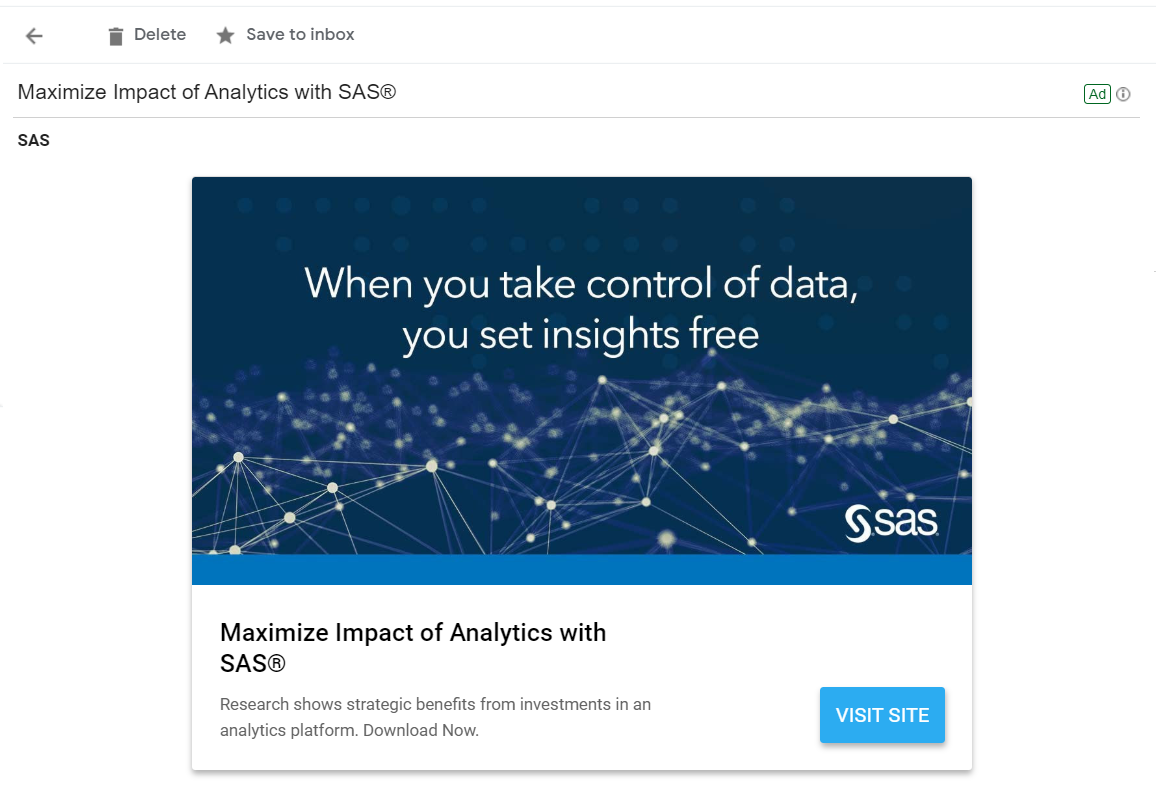
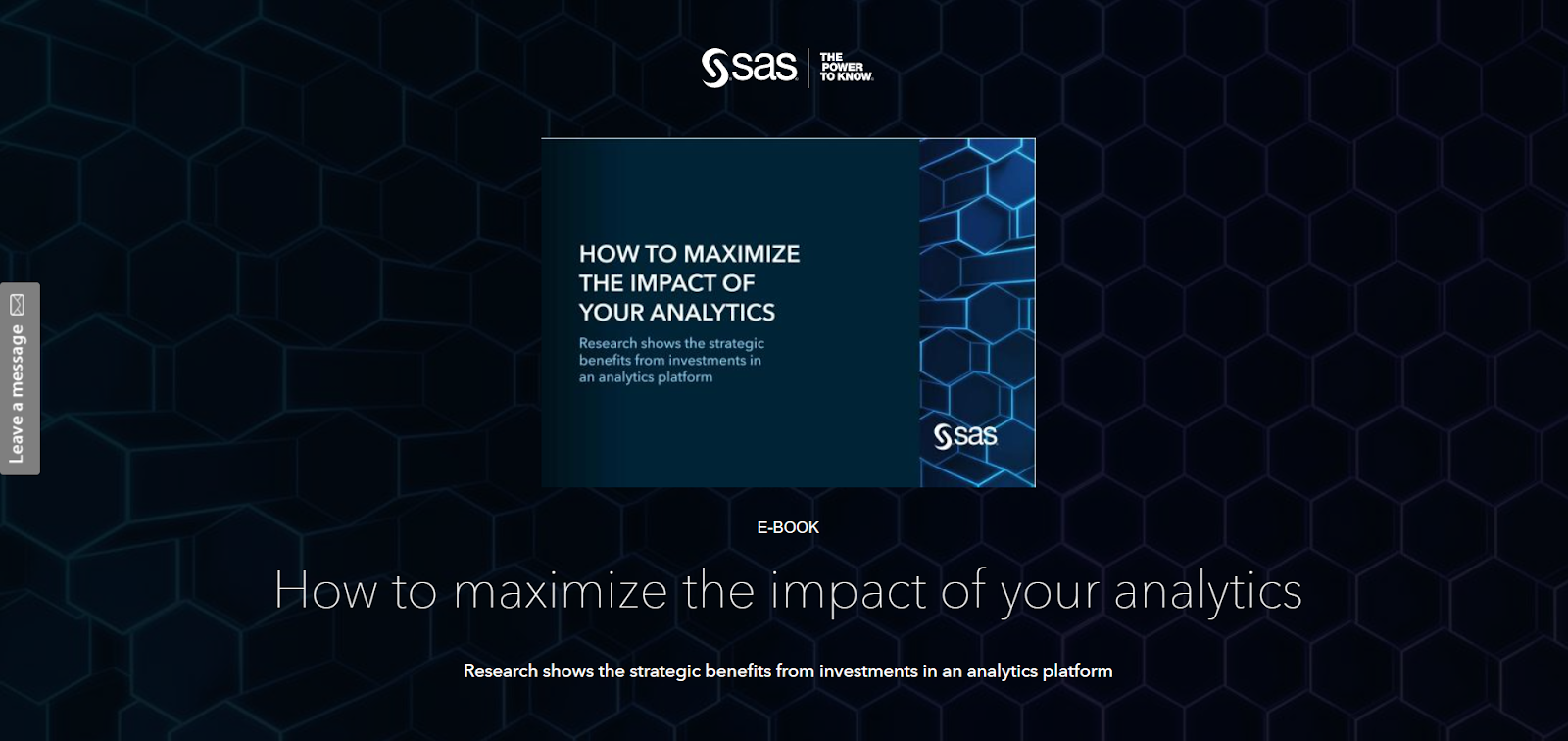
Marketo
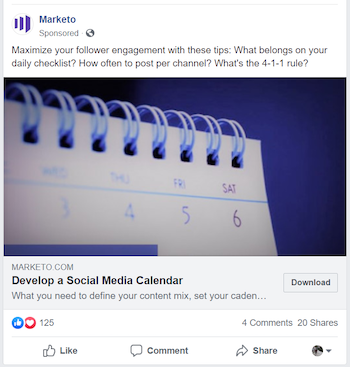
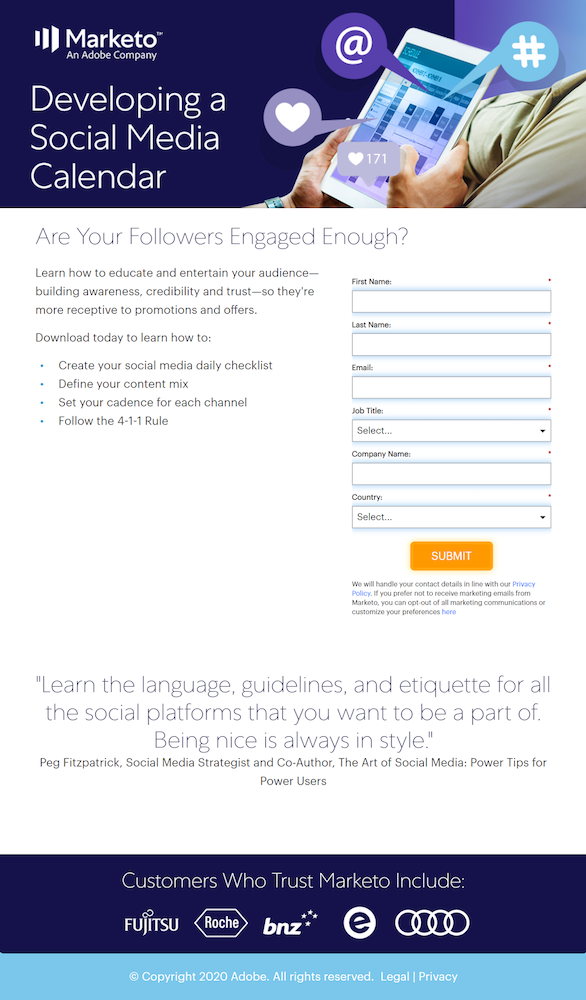
Shopify
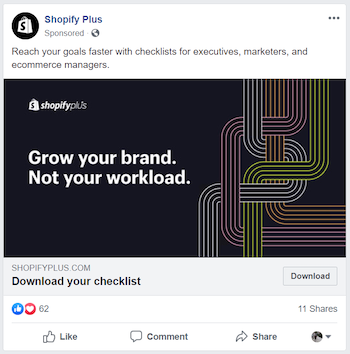
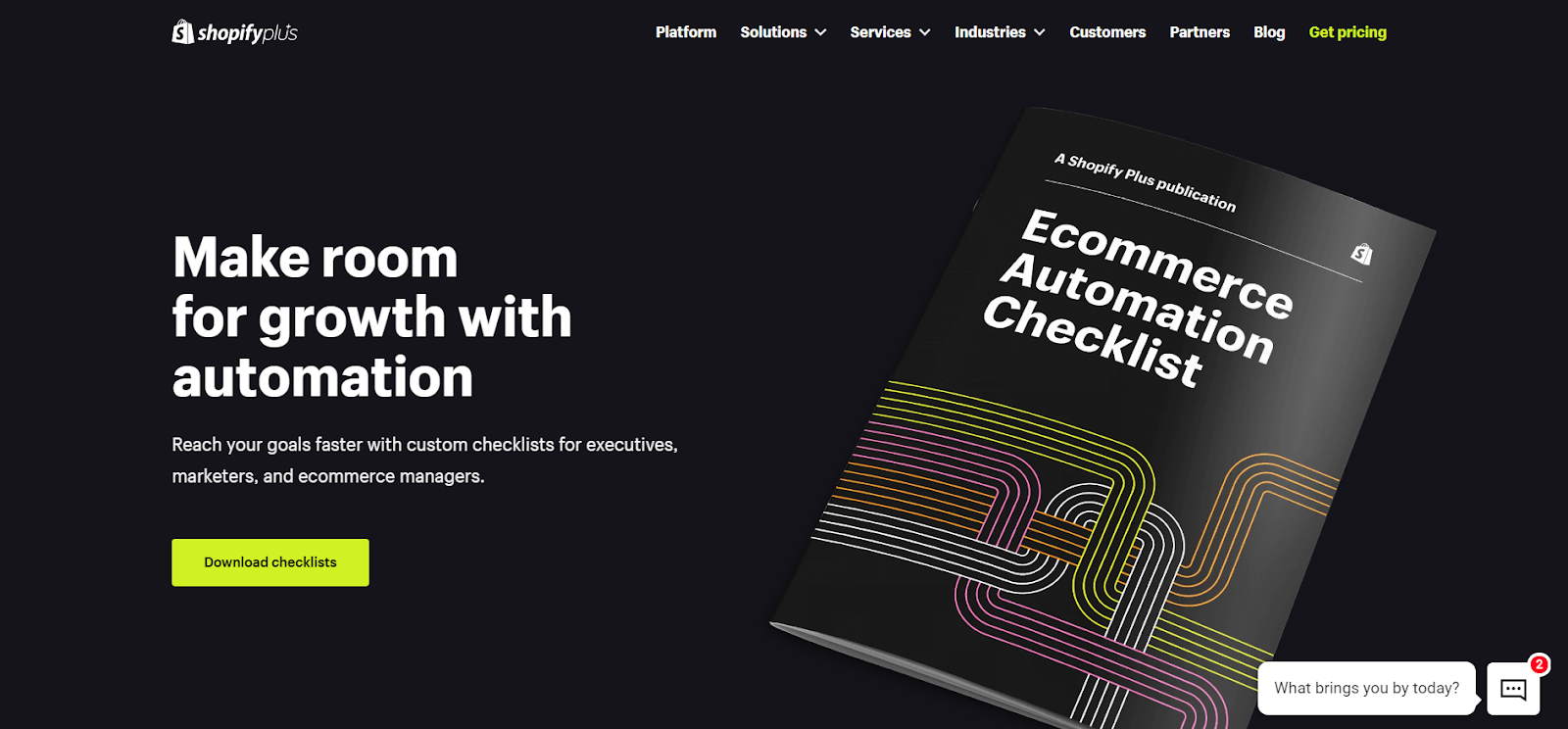
BMC

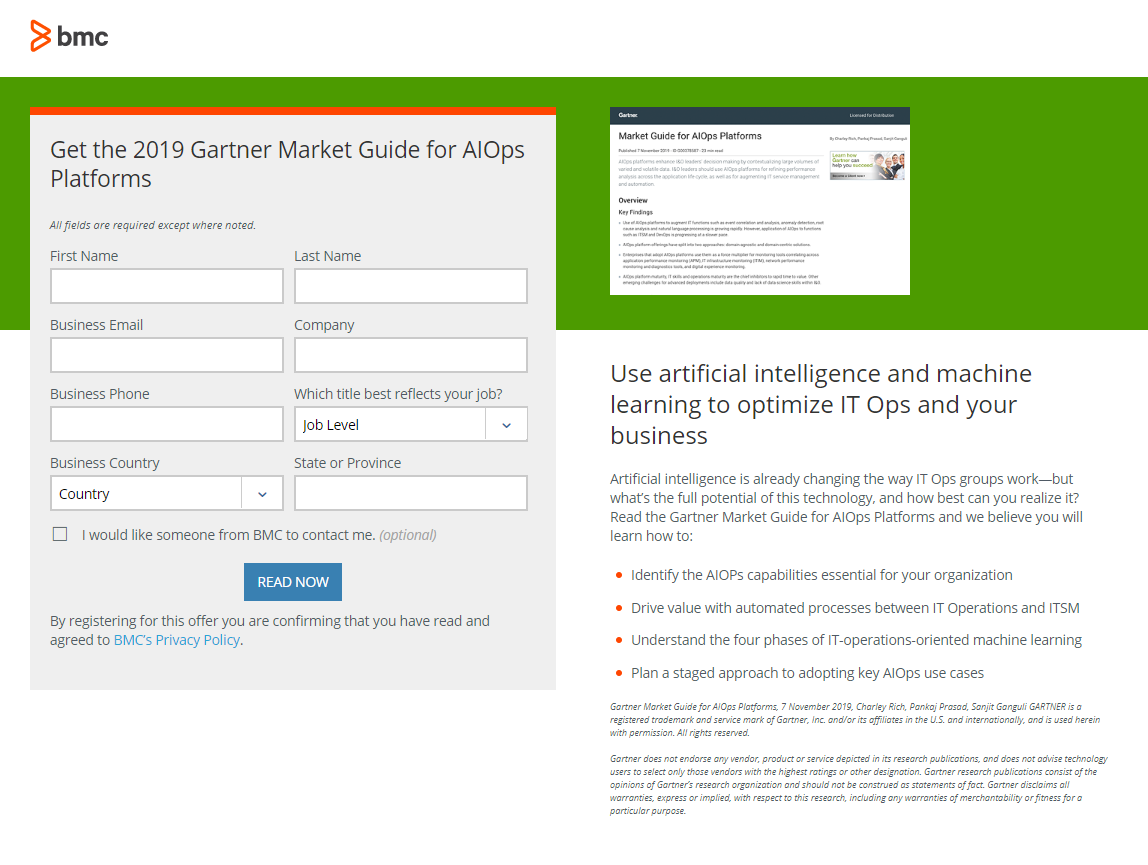
What are the pros and cons of content advertising?
Like any form of promotion, content advertising has its benefits and disadvantages. Here are the ones you should take into account when you’re considering investing in the tactic:
Pros
- Access to a specific audience: SEO can help you reach searchers, and hashtags can expose your content to social media users. With organic promotion, though, you can’t always be sure you’re reaching the audience you want to be. With content advertising, you have more control over the demographics and behaviors of the people who see your content.
- Faster to execute: Compared to an organic campaign, an advertising campaign is much quicker to execute. Where an organic social media account might spend weeks or months promoting a new report, a content advertising campaign can reach the same size audience much faster.
- Relatively easy compared to organic: Not only is it faster, but it’s easier to run ad campaigns for your content than to create the digital infrastructure that will drive organic traffic. Building authority, creating fresh content, and executing a content strategy takes much more work than running a campaign to get your content attention.
Cons
- Costly: Organic methods of content promotion, like SEO and organic social media, are free to you. Content advertising comes at a cost. Paid native programs like the ones in Forbes can cost a significant chunk of budget. The more affordable ones can add up, too. While they’re effective, content ad campaigns are expensive to rely on as your main source of traffic. Of course, some businesses can do it. It all depends on the profitability of your campaigns.
- Short-term solution: Content advertising can be faster and easier than content marketing. However, it’s no substitute for effective, long-term organic infrastructure. Content strategy, SEO, and organic social media are building blocks of content success. Content advertising is a powerful supplemental tactic, but it should not replace content marketing.
- Requires quality content: Your budget can only go so far. Even if you have a significant portion to spend promoting your content, it won’t go far without an effective post-click landing page and a valuable offer.
For example: If you’re attempting to generate ebook downloads, your post-click landing page must be personalized, and your ebook must provide value. If they don’t, you fail to deliver on your promise of a relevant, helpful piece of content. And the next time that visitor sees an ad from you, they won’t bother wasting their time.
- Risk being too intrusive: As is the case in all advertising, when you pay for access to an audience, you risk overreaching. While content marketing focuses on less intrusive tactics, content advertising is an online form of outbound promotion — like billboards, print ads, TV commercials. These tactics, while potentially more effective, also have a high potential to irritate viewers.
Should you engage in content advertising or content marketing?
As is the case in most questions about marketing tactics, there is no piece of advice all businesses can take into account. Some rely mostly on advertising because their business model allows it. Others rely mostly on unpaid methods.
What most can agree on, though, is that no matter how much content advertising you’re doing, you should be doing content marketing. Blogging, lead magnet creation, search engine optimization, and organic social media are among the foundations of an online presence. And while slower to develop, an organic audience is what will sustain a business long-term. Outside of startup costs, these tactics are free to use. So the majority of businesses should be using them.
Scale your content advertising
For the most part, advertising content is like advertising anything else. To succeed it has to be relevant. And the only way to ensure it’s relevant is by creating a personalized page for each ad.
Instapage is the only platform capable of scaling content advertising across all your campaigns. Find out how it works with an enterprise demo.

See the Instapage Enterprise Plan in Action.
Demo includes AdMap™, Personalization, AMP,
Global Blocks, heatmaps & more.
